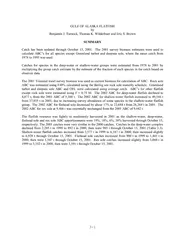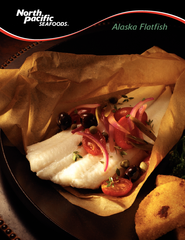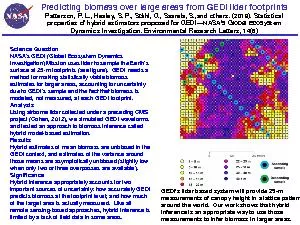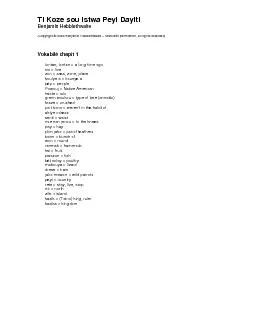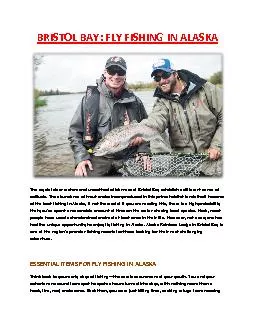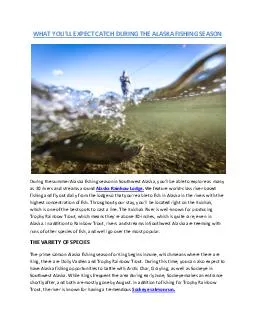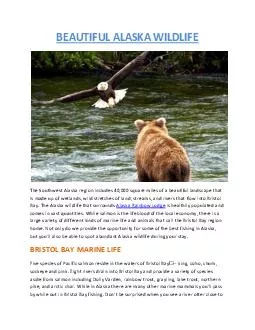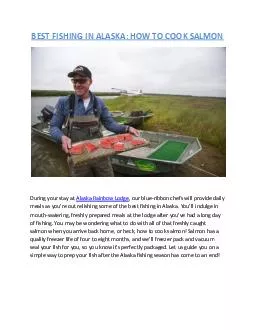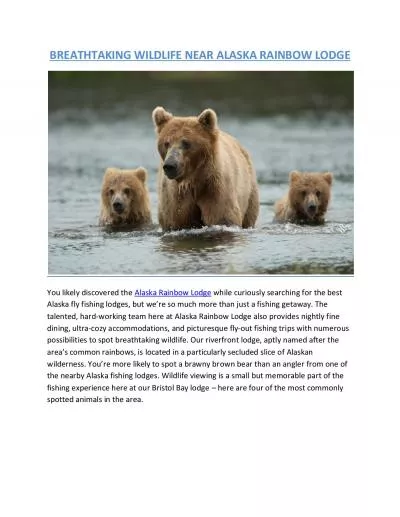PDF-3-1GULF OF ALASKA FLATFISH by Benjamin J. Turnock, Thomas K. Wilderbuer and Eric S. Brown
Author : cheryl-pisano | Published Date : 2015-07-21
32INTRODUCTION The flatfish species complex has been managed as a unit in the Gulf of Alaska and includes the major flatfish species inhabiting the region with the
Presentation Embed Code
Download Presentation
Download Presentation The PPT/PDF document "3-1GULF OF ALASKA FLATFISH by Benjamin J..." is the property of its rightful owner. Permission is granted to download and print the materials on this website for personal, non-commercial use only, and to display it on your personal computer provided you do not modify the materials and that you retain all copyright notices contained in the materials. By downloading content from our website, you accept the terms of this agreement.
3-1GULF OF ALASKA FLATFISH by Benjamin J. Turnock, Thomas K. Wilderbuer and Eric S. Brown: Transcript
Download Rules Of Document
"3-1GULF OF ALASKA FLATFISH by Benjamin J. Turnock, Thomas K. Wilderbuer and Eric S. Brown"The content belongs to its owner. You may download and print it for personal use, without modification, and keep all copyright notices. By downloading, you agree to these terms.
Related Documents

